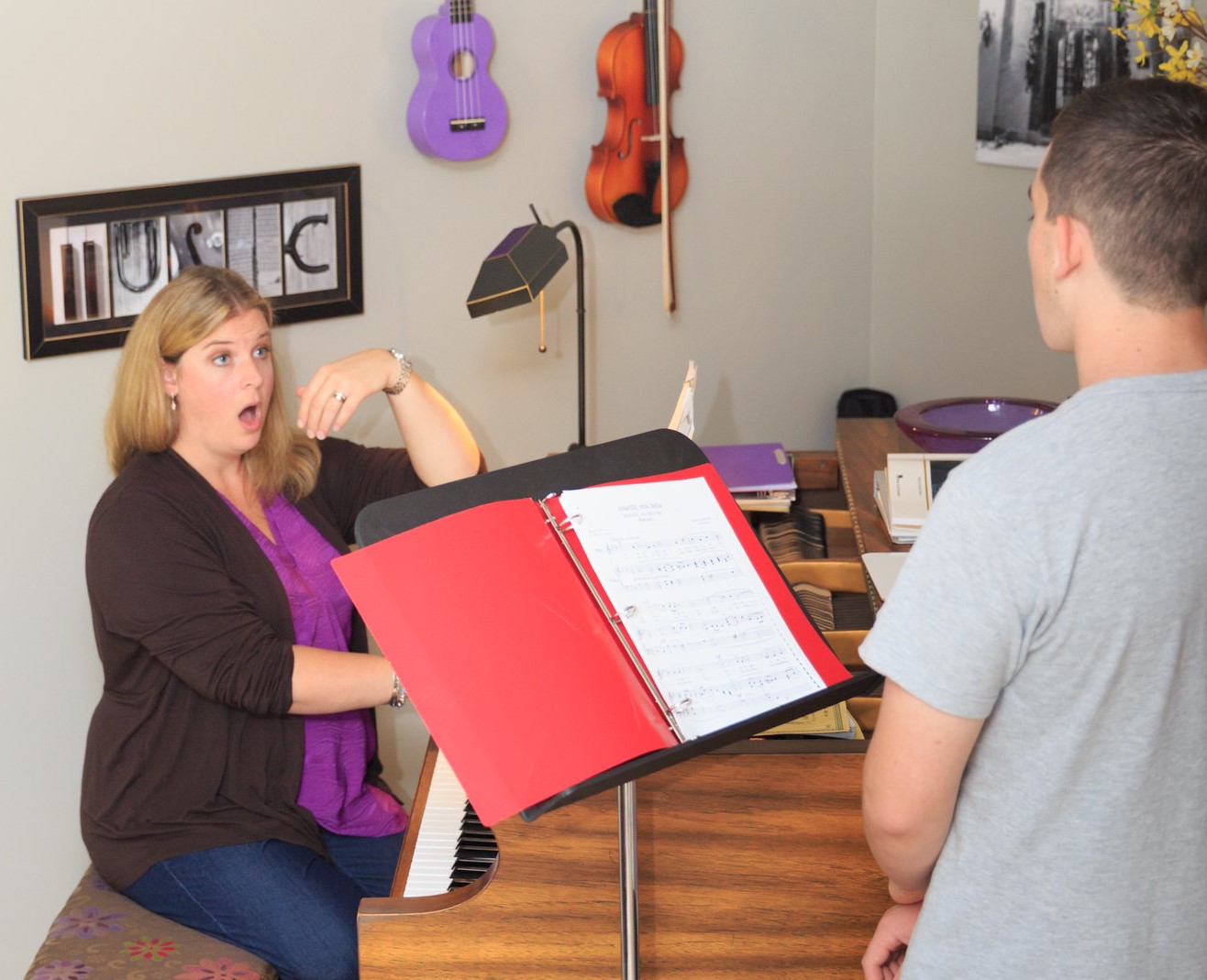Musicians should strive for balance.
What is balance?
This has been a buzz word for several years by now, but we hear it a lot. Mostly we hear people reference their “work-life balance.” But it’s a concept that was sort of ingrained in us as humans, before it was even a buzz word. Our bodies need and crave balance. We need the smallest pieces of our inner ears to function efficiently or we get totally and completely, physically off balance. We need to find the right mix of sleep and awake time, or we go through life tired and exhausted – let me know if someone discovers the balanced formula for this issue. Balance is required for things to function – that’s why tables have 4 legs and not three. That’s why we have times of work and times of rest. It’s not healthy to be all-in on one thing, only.
No surprise, balance is something we should strive for as musicians too. Here are some things we should be aware of to make sure we are balanced musicians.
Balancing our practice time
Practicing should always be intentional. You’ve probably heard the phrase “work smart, not hard.” I’m sorry to say that both smart and hard probably apply when practicing and learning music. But, here are some things to consider to make sure your practice time is balanced.
- Know how much time you have in the practice session and plan accordingly
- If you have a short amount of time available, just pick one or two items from your list of things to work on and spend some quality time with just those things.
- If you have a longer time period available, it’s a good idea to “sandwich” your things to do list. Here’s what I mean – start with something that isn’t too hard. Maybe it’s some scales or arpeggios that you want to run through to focus on technique. (If these technical skills are new they might feel hard and may not be the easy thing to start with.) Maybe it’s a piece that you’ve been working on for a while and are putting some finishing touches on. Maybe you have a sight reading book you are working through – that’s always a great place to start. After you have eased into your practice with something a little lighter, dive into one of the hardest things on your list. “Eat the Frog.” Say what? It’s a time management phrase, which means just do the hard thing – don’t put it off. Set a time limit that you want to work on that hard or new thing and when the time is up, just leave it for a bit. This is almost always a small section of a piece – not an entire song. Finish up your practice session with another lighter selection from your list. This completes your practice sandwhich.
- Take a playing or singing break for some other work, like music theory, aural skills, lyric interpretation, reading about the composer or the larger work the piece might come from (if applicable). These insights are helpful in how you will perform the piece.
- Isolate the rhythm – focus on just the rhythm of a new piece or a tricky section – clap and count your line and/or speak your text in rhythm (singers). Slow things down to check for and ensure accuracy.
Balance within the piece
Pay attention to all of the articulation, musical terms, and details the composer gives you. Observe “how” you are performing the piece. Are you playing or singing the whole thing at the same volume level? Look for contrasts. And if the composer didn’t write any, see if, as the artist you agree with that choice. Watch for musical directions – like ritardando, fermatas, subito directives, changes in tempo, rests (moments of silence are very musical choices), etc. Are you implementing those? Balance within the piece refers to the whole picture. Does your performance tell the story you want to communicate? The basic question is, are you musical? A balanced performance is a musical performance.
Balance in music education and variety of repertoire
Do all of your songs sound the same? Are you a “one hit wonder?” As you grow and develop as a musician, it is understandable and expected that you will develop your own style. And that you will have genres that you do better than others, because you prefer them. That is okay, but learning a variety of songs helps teach us all sorts of musical things and makes us better musicians. As a music student, be open to the pieces your teacher assigns you. There are a number of reasons that they may want you to learn them. It may be that the teacher just wants to expose you to something new and different. And that is often as valuable as refining your melismatic passages or pedal technique. Lessons should also be a safe place to suggest songs that you would like to learn. Your teacher may say, “not yet,” but you should always have some agency in your musical education.* The caution to both the student and the teacher is to not spend too much time on the repertoire the student brings to lesson and/or the “fun” pieces. You don’t want to neglect or entirely miss vital, fundamental music skills that are learned and refined in other types of repertoire. Here’s where this idea of balance comes back to our minds. Balance can be achieved through the variety of repertoire you work on, with the goal of becoming the best musician you can be!
It’s easy to get in a rut with our musical pursuits and practice. Check in with yourself every now and then – are the scales tipping one way or the other? Have you neglected your theory or technical work and focused too much on style? Or have you become lost in the theory and history and need to refocus on the application of these studies – the how and the why you love to perform music?
Good luck with your balancing act!
*If you don’t feel your current music lessons provide the space for this give and take relationship, please read my blog on choosing the right music teacher!
NOT TAKING LESSONS YET?
BECOME A MEMBER
If you are interested in voice or piano lessons and are ready to find out all the details. Hope on over to our Memberships page and choose the one that fits you! And if you aren’t sure what you need, let’s figure it out!




